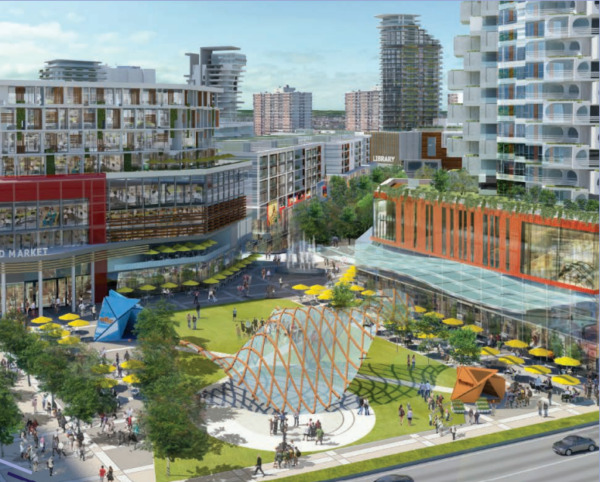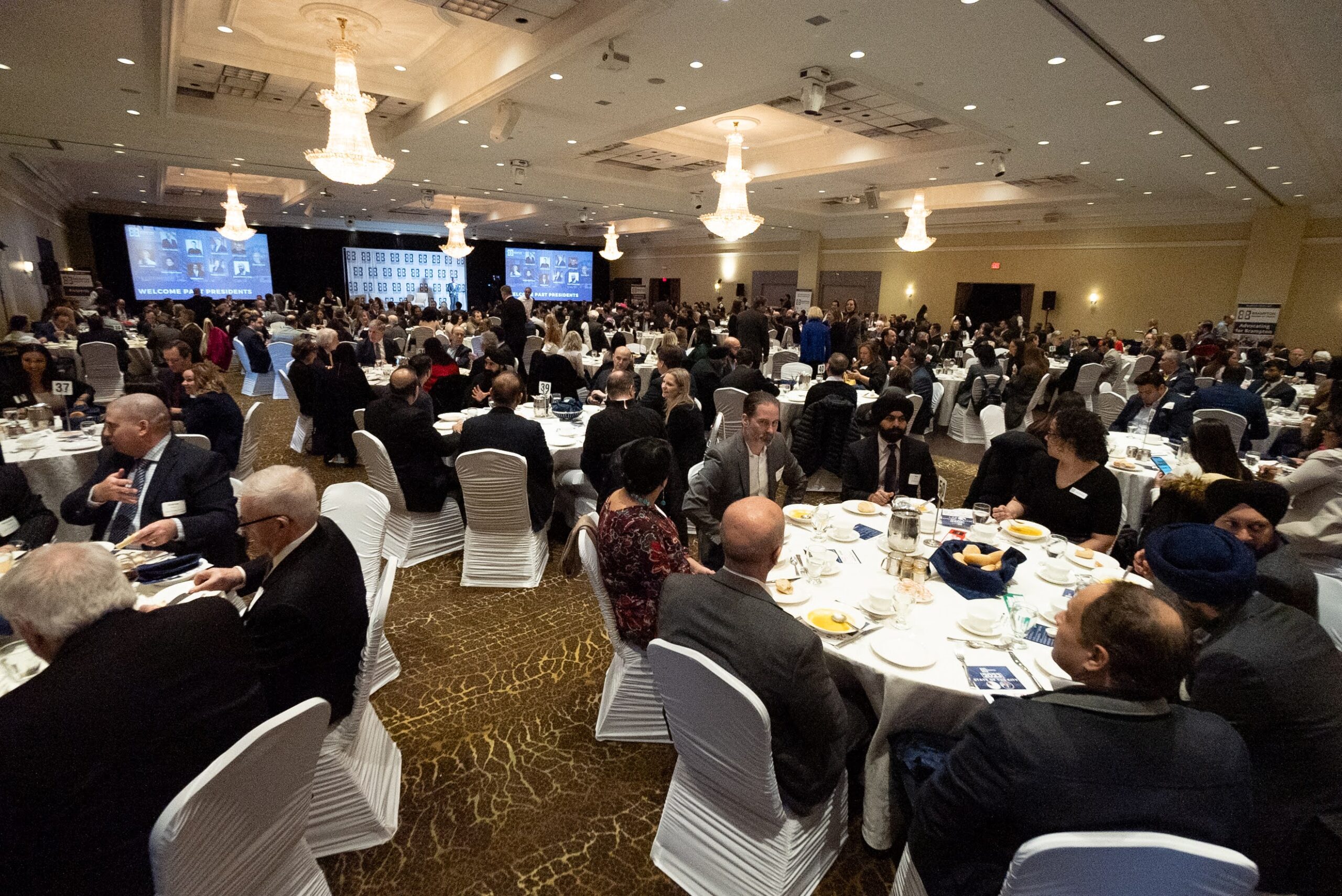
Cities function primarily as labour markets. This may seem reductive to those who appreciate the amenities and attractions of urban life, like those in Toronto, but at their core, cities are where firms seek workers, and people seek jobs.
During the May 1968 French “cultural revolution,” students criticized a life reduced to three activities: “Metro, boulot, dodo” (commuting, working, sleeping). This reflected a rejection of urban life as merely an existence shaped by labour markets alone. Dysfunctional cities often manifest this reduction, but a well-functioning labour market can offer much more. Efficient land use and transportation can ensure shorter commutes, access to diverse job opportunities, and proximity to social life or nature. A city reduced to “Metro, boulot, dodo” signifies a labor market that is failing to meet these broader needs.
Brampton’s downtown reflects a “Metro, boulot, dodo” problem. As someone born and raised in the area, I’ve seen little change over the years, aside from the construction of the west tower. While historically significant, downtown Brampton needs a fresh vision to address its challenges.
Designated as a Special Policy Area (SPA) due to its floodplain, downtown Brampton has faced development restrictions since 1986. This designation ensures growth is mindful of environmental risks. However, these limitations have stunted development. The recent announcement of Riverwalk funding, aimed at addressing flood risks, brings us closer to lifting the SPA. This could unlock new opportunities for housing intensification and urban development.
Brampton is at a turning point, with a chance to redefine its downtown as both a major economic driver and a model for urban living. So what can this look like?
Revitalizing Downtown Through Transit-Oriented Growth
A key element in Brampton’s land use strategy is the focus on Major Transit Station Areas (MTSAs). These high-density, mixed-use neighborhoods are designed around transit, offering easy access to services, jobs, housing, and recreation within a 10-minute walk of transit stations. MTSAs are part of Brampton’s 2040 Vision, aiming to create integrated communities that attract talent and spur economic growth.
While cities offer more than jobs, labour markets are the foundation of their growth. Thriving labor markets foster innovation and support urban amenities like museums, restaurants, and public spaces, creating jobs and enhancing quality of life. Brampton’s population is rapidly growing, indicating an expanding labor market, but the SPA has long hindered downtown development.
Brampton’s cultural amenities and labour market are deeply connected, not separate. A strong, diverse workforce fuels vibrant public spaces, art, restaurants, and cultural programs. Economic hubs and cultural hotspots often thrive together, and reliable public transit links people not just to work but also to these enlivened spaces. Transit encourages urban exploration, letting residents discover hidden gems in their city—much like another French term “flâneur,” coined by poet Charles Baudelaire, which captures the art of wandering and observing city life without an expressed goal or destination.
With plans for a new LRT line, two way all day GO, green spaces like the Riverwalk, and street-scaping ambitions, downtown Brampton is poised for transformation. These developments will make the area more accessible and pedestrian-friendly, setting the stage for a vibrant urban center that could rival others in the Greater Toronto Area.
MTSAs will drive both residential and commercial growth, especially in key transit corridors. This is critical for a city where housing demand far exceeds supply. Brampton has 14 primary MTSAs, with five Official Plan Amendments currently in progress pertaining to 12. However, downtown Brampton’s MTSA will be addressed in a future phase likely when there is clarity on officially lifting the SPA.
Brampton Board of Trade’s Position
The Brampton Board of Trade is eager to lift the SPA and explore a secondary plan for a future downtown MTSA. We look to provincial leaders for guidance on when this will happen. The upcoming Brampton in Motion Symposium will bring together stakeholders from different levels of government to dig into these timely topics and discuss the city’s plan for growth and development. I encourage all who are interested in the future of the city to register for this event.
As Brampton transforms its downtown and addresses its explosive population growth, the city has the chance to move beyond “Metro, boulot, dodo” and embrace a more vibrant urban future where the quintessential flâneur can thrive.
